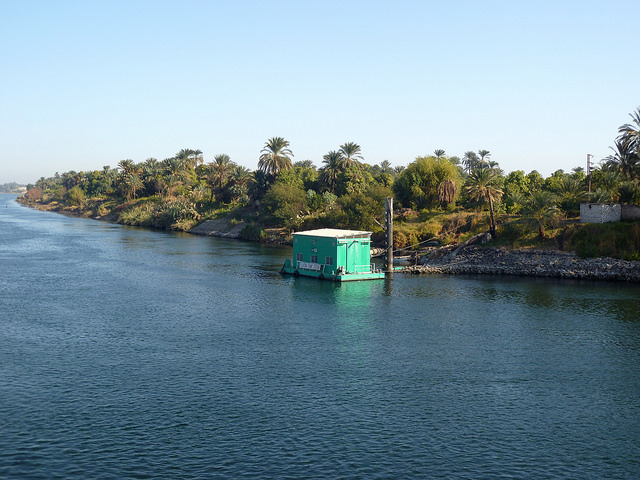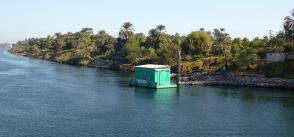
Water purification technology: a needed investment for MENA countries
While Egypt’s desalination methods provide vast amounts of water, studies raised concerns over how thorough the purification process is.
Some regions of the Middle East and North Africa are plagued by water scarcity due to irregular rainfall, irrigation and soaring population growth. In many countries, poor waste management, a lack of resources and inefficient purification methods have resulted in inadequate or unsafe drinking water for the public.
In Egypt, where the population is projected to double within the next 50 years, the problem is particularly acute.
The Nile is Egypt’s main economic lifeline and source of drinking water but there are concerns about its quality. Liquid waste is dumped near — sometimes in — the Nile, polluting the river, which some locals draw drinking water from. The problem is exacerbated by poor monitoring and old infrastructure, which make it difficult for the country to effectively treat water.
Egypt’s inability to safely purify water is partly responsible for endemic shortages. In some rural areas, residents receive water as few as two hours a day, the Guardian, a British newspaper, reported in 2015. In addition, the Egyptian government has not adequately invested in research to curb its water crisis, even as it intensifies.
Read the full article by Omar El-Huni | via The Arab Weekly.
[Photo by Water Alternatives | Flickr]







